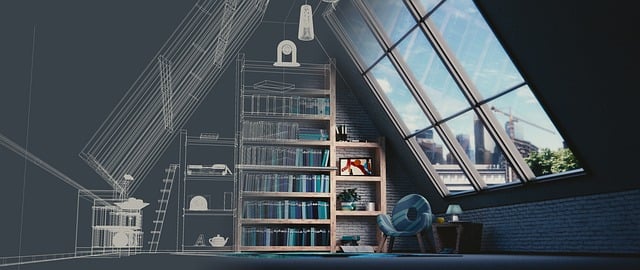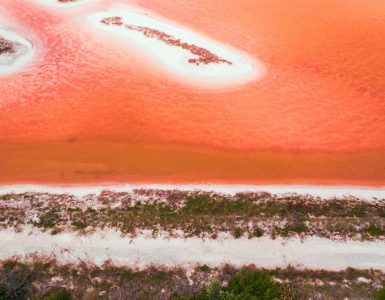Imagine watching a scene where a character leaps from a skyscraper, and as they soar through the air, your heart races. This isn’t just a daring stunt; it’s a combination of practical effects and cutting-edge CGI. Filmmakers use special effects to blend reality with imagination, crafting lifelike environments and thrilling scenarios that keep us captivated.
Think of special effects as the paint on an artist’s canvas. They can turn a simple backdrop into a sprawling landscape or transform an actor into a mythical creature. From explosive action sequences to stunning fantasy realms, special effects breathe life into stories, allowing viewers to explore experiences far beyond everyday life. Remember that epic alien invasion scene? The chaos and destruction you witnessed were made possible through computer-generated imagery, seamlessly stitched together to create a believable yet extraordinary spectacle.
Now, let’s not forget about practical effects! Explosions, makeup transformations, and even animatronics play a crucial role in enhancing realism. It’s like adding seasoning to a dish; the right amount can elevate an experience from ordinary to unforgettable. Imagine the meticulous work that goes into creating a lifelike monster or making it rain on a sunny day—it’s astounding!

Overall, special effects are like a magician’s wand, crafting illusions that transport us into different worlds. With every frame, filmmakers push boundaries, merging creativity with technology, and inviting us to believe in the unbelievable. So the next time you’re glued to a screen, take a moment to appreciate the intricate tapestry of effects that bring your favorite stories to life.
The Evolution of Special Effects in Cinema
Think back to the early days of cinema—silent films, black and white scenes, and simple trick photography. Back then, filmmakers relied on clever tricks like stop-motion animation and practical effects. For instance, in films like “A Trip to the Moon” (1902), Georges Méliès used painted backdrops and clever camera work to create breathtaking illusions. It was exciting, but it was just scratching the surface.
Fast forward to the 1970s and 1980s, and you see a seismic shift. The introduction of practical effects such as animatronics and miniatures allowed filmmakers to create worlds like never before. Who could forget the stunning visuals in “Star Wars”? The miniature models and real-time explosions were groundbreaking. It was as if anyone with a vivid imagination could jump into another universe.
Then came the 90s, ushering in the digital age. Enter CGI—computer-generated imagery. Suddenly, the sky wasn’t even the limit anymore! Movies like “Jurassic Park” changed everything. Those lifelike dinosaurs? Yep, all thanks to the marriage of technology and artistry. Audiences were left gasping in awe, their heart rates soaring with each thrilling chase.
Today, we’re in an era where virtual reality and augmented reality are reshaping how stories are told. Imagine walking through a scene, feeling like you’re a part of it! With VR, the line between film and reality blurs in ways we once only dreamt of. It’s exciting to think where we’re headed next—what new wonders await us in the cinema of tomorrow?
Practical vs. CGI Effects
But then, enter the realm of CGI effects—where the only limit is imagination! Picture a galaxy bursting with colors, or mythical creatures soaring through the sky. These digital wonders are like a painter with an infinite canvas. Thanks to CGI, filmmakers can create breathtaking visuals that either would be impossible or incredibly dangerous in the real world. Remember when dinosaurs roamed the Earth in “Jurassic Park”? That was pure CGI wizardry at its best!
However, here’s the kicker: practical effects and CGI don’t have to be opponents. Think of them as dance partners, each enhancing the other. Practical effects ground a movie in reality, allowing CGI to blossom further. It’s like adding spices to a dish—the right mix can elevate the experience to new heights!
So, whether you’re a fan of the gritty realism of practical effects or the limitless possibilities of CGI, it’s hard to deny that both play crucial roles in storytelling. As technology continues to evolve, the lines between them blur, opening up exciting potentials for filmmakers and audiences alike. Who wouldn’t want to enjoy the best of both worlds?
























Add comment